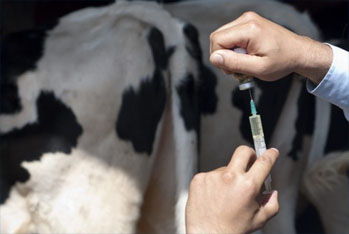India and the Philippines: A new phase in the trade of frozen buffalo meat

Diversifying import sources
The Philippines is actively seeking to diversify its import sources to reduce its dependence on traditional suppliers and find more cost-effective options. Philippine Agriculture Secretary Francisco Tiu Laurel Jr. emphasizes that the goal of this move is not just to increase import volumes, but to attract foreign companies to compete in the local market. This, in turn, should lead to lower prices for imported agricultural products, which will be beneficial for end consumers.
According to the ministry, 34 Indian companies have received accreditation to EXPORT buffalo MEAT to the Philippines. Interestingly, six of these companies already had export approval in 2019 and were able to renew their accreditation, which will be valid until December 12, 2027.
Foot and Mouth Disease Concerns
However, not all companies will be able to start exporting right away. Thirteen of the 34 accredited Indian companies are located in areas where foot and mouth disease outbreaks have been recorded - these are the states of Maharashtra, Telangana and Bihar. The Indian Department of Agriculture has detected cases of foot and mouth disease in these areas, leading to a ban on meat exports from these areas. Buffalo meat imports from these zones will be allowed only after the Indian National Competent Authority certifies them as FMD-free.
Opportunities and Benefits
Despite the current restrictions, the steps taken open up new opportunities for Indian producers. India is one of the largest buffalo meat producers in the world, and entering the Philippine market can significantly increase export earnings. The Philippines, in turn, will be able to offer its consumers a wider range of products, which will also help develop the local food industry.
Thus, allowing frozen buffalo meat exports from India to the Philippines is not only a step towards strengthening trade ties between the two countries, but also an opportunity for the Philippines to improve its food security and reduce the prices of meat products. Competition in the market is expected to lead to higher quality products and better conditions for consumers. it is important to monitor the situation, especially in the context of foot and mouth disease, to ensure the security and stability of supplies.
Read together with it:
- Pork prices in December: declines from 4% to 27% in most categoriesThe price of live commercial pigs also fell by 14%. The exception was chops, which actually increased by 14%. Analysts note that the downward price trend began in October and is due to both seasonal fluctuations and a decline in consumer demand. Experts believe that autumn traditionally sees a decline in MEAT consumption, while production peaks, which puts additional pressure on prices .......























































